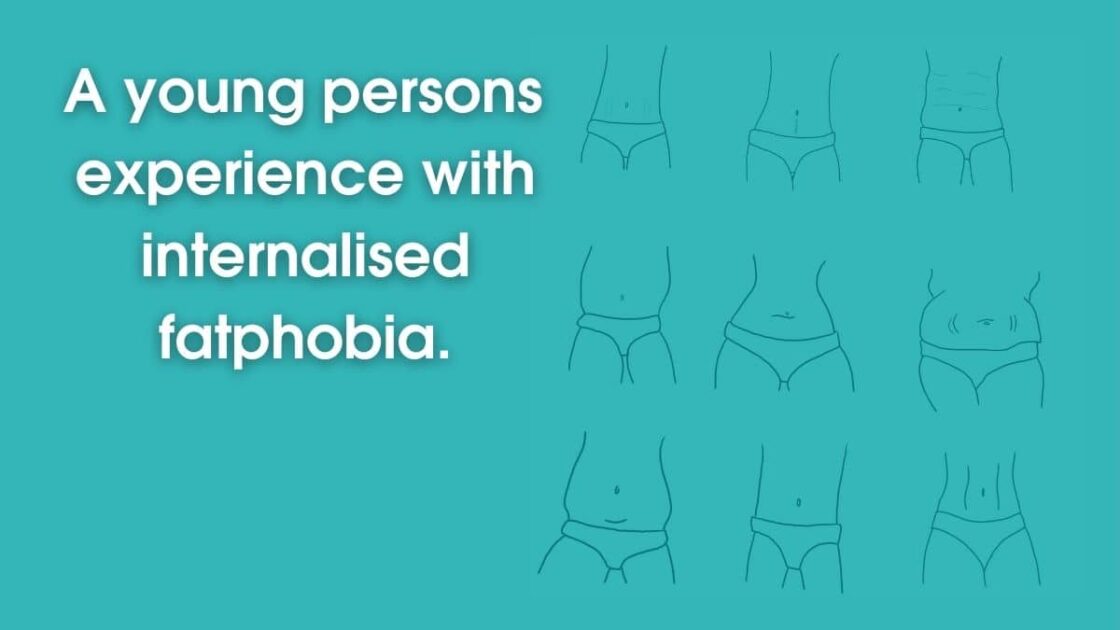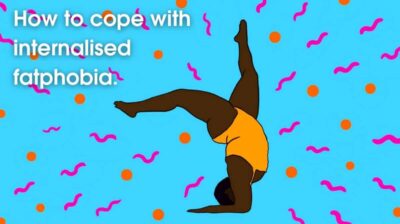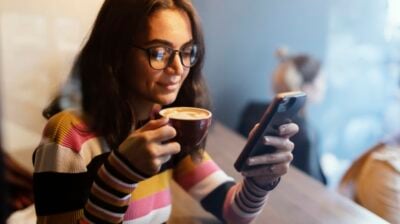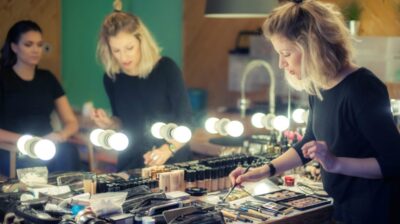A young person’s experience of internalised fatphobia
Marykate is a Transition Year student and spoke to Amy O’Brien about her experience with internalising fatphobia.

Marykate is a Transition Year student and spoke to Amy O’Brien about her experience with internalising fatphobia.
Internalised fatphobia, or weight bias, can be defined as an abnormal fear of fatness, gaining weight, holding negative attitudes and stereotypes surrounding and attached to larger bodies.
“I remember the first time I became aware of my body was when I was about 3-4 when I started school. I remember I was quite chubby compared to the other children. I remember my hands in particular which I was most embarrassed about, it was my biggest insecurity, with my stomach being second. Thankfully it faded by the time I was 8, but at that point, it was replaced with other insecurities.”
Intergenerational fatphobia
“I personally do think I have internalised fatphobia. I come from a family of women who would be considered overweight. Growing up with every woman around me on a diet absolutely did not help. Though my mother would never comment on mine or my sister’s bodies, shaming her own body was enough.”
Marykate explained what she thinks would’ve helped her and some steps we can all take to be aware of fatphobia.
“Definitely, we need to change our language associated with food – stop saying what food is good or bad, stop encouraging children to skip meals or over-exercise, boycott diet companies and show diverse bodies.”
Finally, here is her message to the little version of herself the first time she felt body conscious:
“Trust me, no one cares, this may sound impossible, but we humans as much as we are selfless and caring, we are also far too narcissistic. Your body is completely different from everyone else’s in a beautiful way. Trust me you’re gorgeous throughout.”
Fatphobia’s racist roots
Marykate is right, we are all different, and the slim, white, just curvy enough marker for all beauty, and how we even measure weight, are actually rooted in oppression. Beauty standards are built into and off of our society and perpetuate sexism, racism, gender norms and ableism.
When colonists went to countries such as Latin America, Africa and Asia; they declared that whiteness equalled superiority, alluding to better education and economic prospects. In doing so, they racialised the local people and attached negative connotations to races that prevail even now. Continuously, western culture triumphed over the purposefully exploited.
Not only that, imperialist countries have stolen traditional hairstyles such as cornrows and eye makeup to redistribute them as separate from black communities and communities of colour for monetary gain.
As explored in sociologist Sabrina Strings’ award-winning book, Fearing the Black Body: The Racial Origins of Fat Phobia (2019), the ‘thick black female body’ became a thing of celebration in retaliation to colonists who used the voluptuousness of local women’s bodies as a reason to sexualise and exploit them in history.
So today, when we use Body Mass Index (BMI) to measure weight, it should only be ever used as a starting point due to socio-cultural factors but also because it is a tool derived from studies with white participants and so may not be appropriate for other ethnic groups.
We need self-acceptance and body neutrality while inclusively advocating for others who face weight-based stigma to be listened to and supported because we are all more than our bodies.
Artwork by Action Panel Member Bláithín Breathnach @blaithinbdesign.






